The cardiovascular system, including the heart and blood vessels, plays a vital role in circulating blood throughout the body, ensuring oxygen and nutrient delivery to tissues.
1.1 Definition and Overview
The cardiovascular system, also known as the circulatory system, is a network of organs and vessels responsible for transporting blood throughout the body. It includes the heart, arteries, veins, and capillaries, working together to deliver oxygen and nutrients to tissues and remove waste products. The heart, a muscular organ, pumps blood through the vessels, maintaining circulation. This system is essential for sustaining life, enabling cellular respiration and maintaining homeostasis. In humans, it operates as a closed system, with blood confined to vessels, distinguishing it from open circulatory systems found in some invertebrates. Its functions are vital for overall health, making it a cornerstone of physiology and medicine.
1.2 Importance of the Cardiovascular System
The cardiovascular system is vital for delivering oxygen and nutrients to cells while removing waste products, ensuring proper cellular function and overall health. It plays a central role in maintaining homeostasis, regulating body temperature, and supporting immune function by transporting white blood cells. This system is essential for physical activity, as it adapts to increased oxygen demands during exercise. Additionally, it enables the distribution of hormones throughout the body, facilitating communication between endocrine glands and target cells. Without a functioning cardiovascular system, tissues would quickly become ischemic, leading to organ failure. Its importance is underscored by the severe consequences of cardiovascular diseases, which remain a leading cause of global mortality.
1.3 Brief History of Cardiovascular Research
The study of the cardiovascular system has evolved significantly over centuries. Early contributions include William Harvey’s groundbreaking work in the 17th century, describing blood circulation. In the 20th century, advancements in medical imaging and physiology expanded understanding of heart function. Modern research focuses on molecular biology, genetics, and biomechanics, as seen in texts like Molecular Biology of the Cell and Cardiovascular Solid Mechanics. These studies have led to breakthroughs in treating diseases and understanding mechanisms like blood pressure regulation. Historical research laid the foundation for current advancements, enabling better diagnostics and therapies, such as statins and bypass surgeries, improving global cardiovascular health.

Structure of the Heart
The heart is a hollow, muscular organ about the size of a fist, consisting of layers, chambers, valves, and a conduction system to regulate blood flow efficiently.
2.1 Organization of the Heart
The heart is a highly organized, muscular organ designed for efficient blood circulation. It consists of four chambers: the left and right atria, and the left and right ventricles. The atria receive blood returning to the heart, while the ventricles pump blood out to the body and lungs. The heart wall is composed of three layers: the epicardium (outer layer), myocardium (muscular middle layer), and endocardium (inner layer). Valves ensure one-way blood flow, preventing backflow. The conduction system, including the sinoatrial node and atrioventricular node, regulates heartbeat rhythm. This precise organization enables the heart to function as a pump, maintaining blood circulation essential for oxygen delivery and nutrient supply throughout the body.
2.2 Layers of the Heart Wall
The heart wall is composed of three distinct layers, each with specific functions. The epicardium is the outermost layer, acting as a protective covering and anchoring the heart in the chest cavity. Beneath it lies the myocardium, the thick, muscular layer responsible for contracting and pumping blood. The innermost layer is the endocardium, a smooth, thin lining that prevents blood from clotting and ensures efficient blood flow. These layers work together to maintain the heart’s structural integrity and enable its pumping function. The myocardium’s thickness varies, with the left ventricle being the thickest due to its role in pumping oxygenated blood to the entire body, while the right ventricle is thinner, handling blood to the lungs.
2.3 Chambers of the Heart
The heart is divided into four chambers: the right atrium, left atrium, right ventricle, and left ventricle. The right atrium receives deoxygenated blood from the body, while the left atrium receives oxygenated blood from the lungs. The right ventricle pumps blood to the lungs for oxygenation, and the left ventricle, the thickest chamber, pumps oxygenated blood to the entire body. These chambers are separated by valves, ensuring blood flows in one direction. The atria act as receiving chambers, and the ventricles as pumping chambers. This organization ensures efficient blood circulation, maintaining the body’s metabolic needs. The left ventricle’s greater muscularity reflects its role in generating higher pressure to supply the systemic circulation.
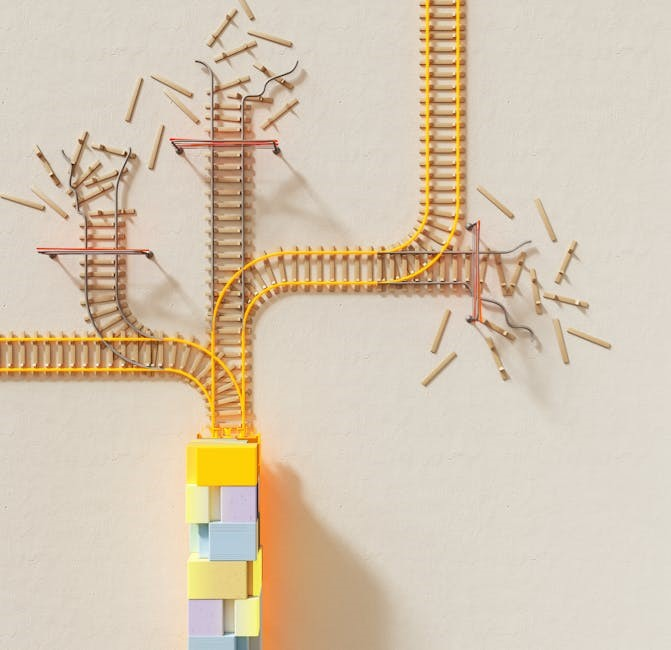
2.4 Valves of the Heart
The heart contains four valves that ensure blood flows in one direction through its chambers. The tricuspid valve is located between the right atrium and ventricle, while the pulmonary valve is at the base of the pulmonary artery. The mitral valve separates the left atrium and ventricle, and the aortic valve is positioned at the aortic artery’s base. These valves open and close with each heartbeat, preventing backflow and ensuring efficient circulation. The pulmonary valve, for instance, has three cusps, allowing blood to exit the right ventricle into the lungs. Proper valve function is critical for maintaining cardiac efficiency and overall cardiovascular health, as malfunction can lead to serious conditions like heart failure or arrhythmias.
2.5 The Conduction System
The heart’s conduction system is a network of specialized cells that regulate the timing and coordination of cardiac contractions. It begins with the sinoatrial (SA) node, the heart’s natural pacemaker, located in the right atrium. The SA node generates electrical impulses that travel to the atrioventricular (AV) node, which delays the signal to ensure proper atrial contraction. The impulse then moves through the Bundle of His to the ventricles, where it splits into the left and right bundle branches. These branches terminate in Purkinje fibers, which stimulate ventricular muscle cells to contract. This system ensures a synchronized and efficient heartbeat, maintaining cardiac rhythm and overall cardiovascular function. Any disruption can lead to arrhythmias, highlighting its critical role in heart health.

Blood Vessels
Blood vessels are tubes that transport blood throughout the body, consisting of arteries, veins, and capillaries. They play a crucial role in maintaining circulation and overall health.
3.1 Types of Blood Vessels
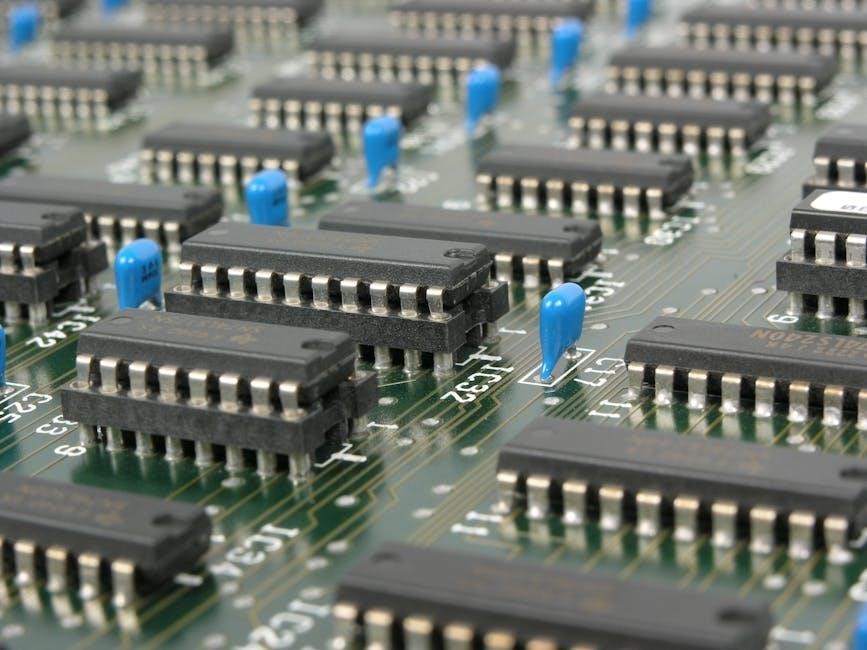
Blood vessels are categorized into three main types: arteries, veins, and capillaries. Arteries carry oxygen-rich blood away from the heart to tissues, while veins return oxygen-depleted blood to the heart. Capillaries, the smallest vessels, facilitate the exchange of oxygen, nutrients, and waste products between blood and tissues. Arteries have thick, muscular walls to withstand high blood pressure, whereas veins have one-way valves to prevent backflow. Capillaries are thin-walled, allowing for efficient diffusion of substances. This network ensures proper circulation, maintaining overall health and function. Understanding these types is essential for studying cardiovascular anatomy and physiology, as detailed in various PDF resources and educational materials.
3.2 Arteries and Veins
Arteries and veins are two distinct types of blood vessels with unique roles. Arteries carry oxygen-rich blood away from the heart to the body’s tissues, while veins return oxygen-depleted blood to the heart. Arteries have thick, elastic walls to withstand high blood pressure, whereas veins have thinner walls and one-way valves to prevent backflow. This structural difference reflects their functional roles in the circulatory system. Arteries are further divided into elastic and muscular types, with elastic arteries like the aorta handling high-pressure blood flow. Veins, on the other hand, rely on muscle contractions and valves to move blood toward the heart, ensuring efficient circulation. Understanding these differences is crucial for grasping cardiovascular physiology, as outlined in various PDF resources and educational materials.
3.3 Capillaries and Their Function
Capillaries are the smallest blood vessels, playing a crucial role in the exchange of oxygen, nutrients, and waste products between blood and tissues. Their thin walls, composed of a single layer of endothelial cells, facilitate diffusion. Capillaries connect arterioles to venules, forming a network that allows for efficient exchange. They are essential for delivering oxygen and nutrients to cells and removing carbon dioxide and other wastes. The structure of capillaries varies slightly depending on their location and function, but their primary role remains consistent across the body. This exchange process is vital for maintaining cellular health and overall physiological function, as detailed in various cardiovascular system PDF resources.

Blood Circulation
Blood circulation is the process by which the heart pumps blood throughout the body, supplying oxygen and nutrients while removing waste products, essential for survival.
4.1 Pulmonary Circulation
Pulmonary circulation refers to the movement of blood between the heart and lungs. Deoxygenated blood from the right ventricle flows through the pulmonary valve into the pulmonary trunk, dividing into left and right pulmonary arteries that supply the lungs. In the lungs, blood picks up oxygen and releases carbon dioxide through capillary exchange. Oxygen-rich blood returns to the heart via the pulmonary veins, entering the left atrium. This process ensures efficient gas exchange, maintaining proper oxygenation of the body’s tissues. The pulmonary circuit operates at lower pressure than systemic circulation, adapting to the lungs’ needs for gas exchange. This system is vital for respiration and overall cardiovascular function.
4.2 Systemic Circulation
Systemic circulation transports oxygenated blood from the left ventricle to the body and returns deoxygenated blood to the right atrium. The left ventricle pumps blood through the aorta, the largest artery, which branches into smaller arteries, arterioles, and capillaries. These vessels distribute oxygen and nutrients to tissues and organs. Deoxygenated blood collects in venules and veins, returning to the right atrium via the superior and inferior vena cava. Systemic circulation ensures that all body cells receive the necessary resources for metabolism and function. It also plays a critical role in regulating body temperature and maintaining immune responses. This circulation pathway is essential for overall health, as it sustains cellular activity and supports the body’s metabolic needs.
4.3 Regulation of Blood Flow
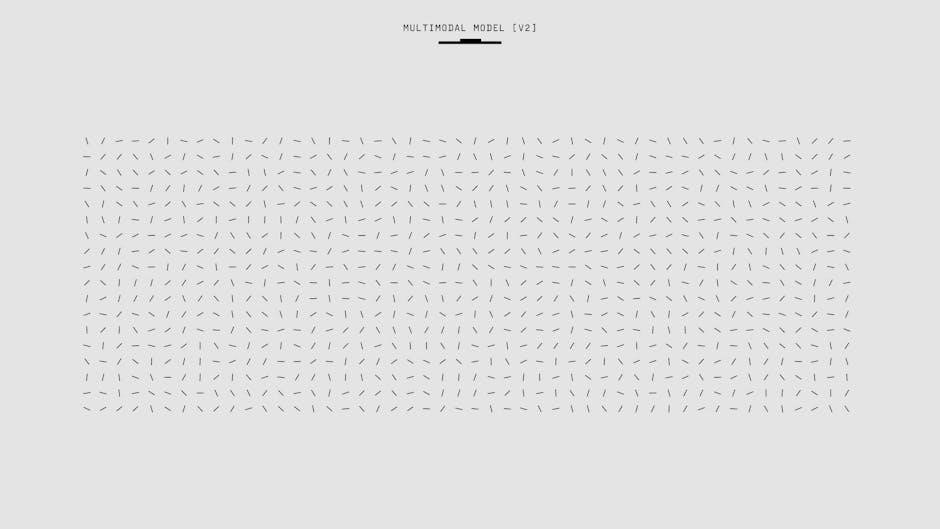
Regulation of blood flow ensures optimal oxygen and nutrient delivery to tissues while maintaining blood pressure. The autonomic nervous system, particularly the sympathetic and parasympathetic divisions, plays a key role in controlling vascular tone. Local factors, such as tissue oxygen levels and metabolic byproducts, also influence blood vessel diameter through vasodilation and vasoconstriction. For example, low oxygen levels trigger the release of nitric oxide, causing blood vessels to dilate and increase blood flow. This dynamic regulation ensures that active tissues receive adequate blood supply while conserving energy during rest. Additionally, hormones like epinephrine and norepinephrine modulate blood flow during stress or physical activity, highlighting the system’s adaptability to changing demands.
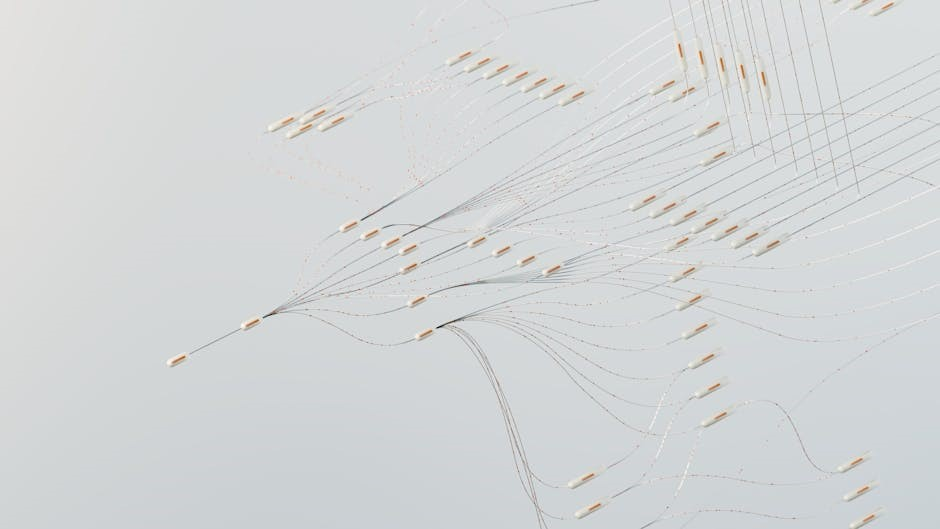
Physiology of the Cardiovascular System
The cardiovascular system regulates blood pressure, ensures one-way blood flow, and adapts to physical demands through the autonomic nervous system, maintaining homeostasis and optimal tissue perfusion.
5.1 Blood Pressure Regulation
Blood pressure regulation is a critical function of the cardiovascular system, ensuring adequate blood flow to tissues while preventing damage to blood vessels. The autonomic nervous system plays a key role, with the sympathetic nervous system increasing heart rate and vascular tone, and the parasympathetic nervous system promoting relaxation. Hormonal mechanisms, such as the renin-angiotensin-aldosterone system, also contribute by adjusting fluid balance and vascular resistance. Ejection fraction, measured through imaging techniques like ECHO or MRI, reflects the heart’s efficiency in pumping blood. Maintaining balance between cardiac output and peripheral resistance is essential for optimal blood pressure regulation, ensuring proper tissue perfusion and overall cardiovascular health.
5.2 Cardiac Cycle and Heartbeat
The cardiac cycle consists of systole (contraction) and diastole (relaxation), repeating approximately 100,000 times daily. During systole, the ventricles contract, ejecting blood into arteries, while atria relax. Diastole allows chambers to refill with blood. The heartbeat is regulated by the autonomic nervous system, with the sinoatrial node acting as the natural pacemaker. Ejection fraction, measured via imaging, reflects the heart’s efficiency in pumping blood. Proper coordination ensures consistent blood flow, maintaining tissue oxygenation and overall health. This rhythmic process is vital for delivering oxygen and nutrients efficiently throughout the body, highlighting the heart’s role as a precise and essential organ.
5.3 Role of the Autonomic Nervous System
The autonomic nervous system (ANS) regulates the cardiovascular system, balancing sympathetic and parasympathetic responses. The sympathetic nervous system increases heart rate and contraction strength, preparing the body for stress or activity. In contrast, the parasympathetic nervous system promotes relaxation, slowing heart rate and reducing cardiac workload. The sinoatrial node, the heart’s natural pacemaker, is influenced by ANS activity. This dual control ensures adaptive responses to various physiological demands. For example, during exercise, sympathetic dominance enhances cardiac output, while parasympathetic activity restores resting heart rate post-exercise. This intricate regulation maintains cardiovascular homeostasis, adapting to factors like stress, physical activity, and emotional states, ensuring optimal blood flow and overall health.

Major Diseases of the Cardiovascular System
Major cardiovascular diseases include coronary artery disease, hypertension, heart failure, and arrhythmias. These conditions significantly impact global health, necessitating comprehensive prevention and treatment strategies.
6.1 Coronary Artery Disease
Coronary artery disease (CAD) occurs when the coronary arteries, which supply blood to the heart muscle, become narrowed or blocked due to plaque buildup. This condition, also known as atherosclerosis, can lead to reduced blood flow to the heart, causing chest pain (angina), shortness of breath, or even heart attacks. Risk factors include high cholesterol, hypertension, smoking, diabetes, and obesity. Early diagnosis is crucial, often involving imaging tests like echocardiograms or cardiac catheterization. Treatment options include lifestyle changes, medications to manage symptoms and prevent progression, and procedures like angioplasty or bypass surgery in severe cases. CAD is a leading cause of global mortality, emphasizing the importance of preventive measures and timely intervention.
6.2 Hypertension
Hypertension, or high blood pressure, is a common condition where the force of blood against artery walls is consistently too high. It can lead to serious health issues, including heart disease, stroke, and kidney damage. Causes include lifestyle factors like poor diet, lack of exercise, and excessive alcohol consumption, as well as genetic predisposition. Symptoms often go unnoticed, but severe cases may cause headaches, dizziness, or nosebleeds. Managing hypertension involves lifestyle changes, such as adopting a balanced diet, regular physical activity, and stress reduction. Medications like diuretics or ACE inhibitors may also be prescribed. Early detection and treatment are crucial to prevent long-term complications and improve quality of life.
6.3 Heart Failure
Heart failure occurs when the heart cannot pump enough blood to meet the body’s needs, leading to fatigue, swelling, and shortness of breath. It can result from conditions like coronary artery disease, hypertension, or heart valve problems; There are two main types: left-sided failure, where the heart struggles to pump blood effectively, and right-sided failure, affecting blood flow to the lungs. Symptoms include leg swelling, rapid heartbeat, and difficulty breathing. Treatment options vary, ranging from lifestyle changes and medications to implanted devices or surgery. Early diagnosis and management are critical to improving quality of life and preventing further complications. Understanding the underlying causes is key to effective treatment.
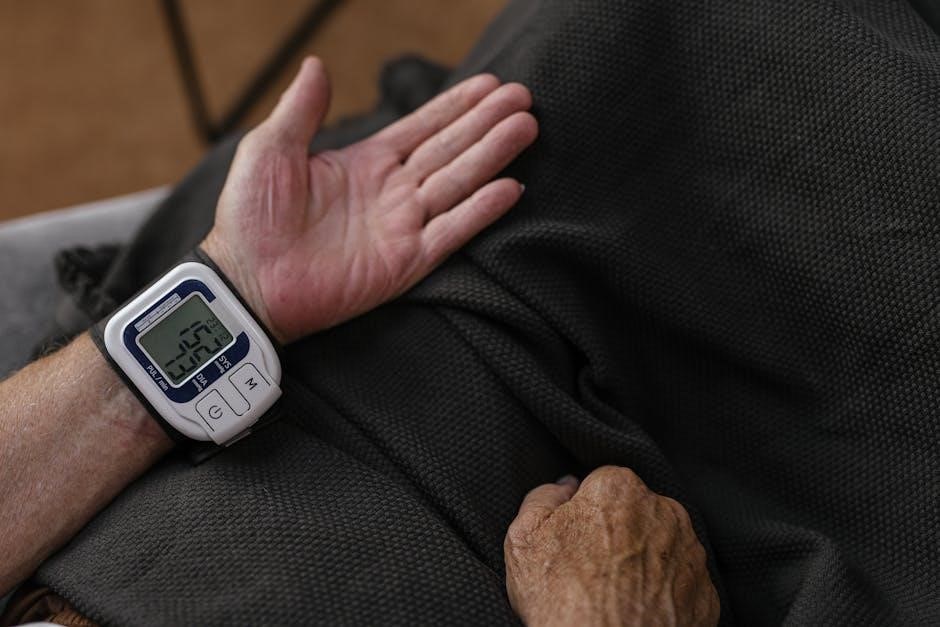
6.4 Arrhythmias and Their Impact
Arrhythmias are irregular heartbeats caused by disruptions in the heart’s electrical system, leading to abnormally fast, slow, or uneven rhythms. They can be benign or indicative of underlying conditions like atrial fibrillation or ventricular tachycardia. Symptoms often include palpitations, dizziness, shortness of breath, and chest pain. If left untreated, arrhythmias can lead to serious complications, such as stroke or heart failure. Treatment options vary, ranging from lifestyle changes and medications to implantable devices like pacemakers or cardioverter-defibrillators. Early detection and management are crucial to preventing long-term damage and improving quality of life. Understanding the causes and types of arrhythmias is essential for effective diagnosis and treatment.
The cardiovascular system is a vital network responsible for delivering oxygen and nutrients to tissues while removing waste products. Its intricate structure, including the heart, blood vessels, and circulatory pathways, ensures efficient blood flow. Understanding the system’s anatomy, physiology, and function is crucial for maintaining overall health. Diseases like coronary artery disease, hypertension, and arrhythmias highlight the importance of preventive measures and timely interventions. Advances in medical technology and research continue to enhance our ability to diagnose and treat cardiovascular conditions. By prioritizing heart health through lifestyle changes and regular monitoring, individuals can significantly reduce the risk of complications. This knowledge empowers us to better manage and protect our cardiovascular well-being for a healthier future.

